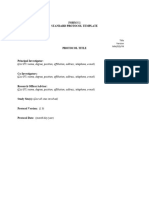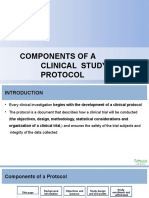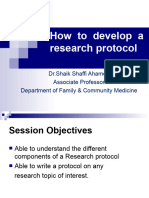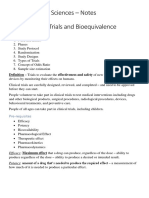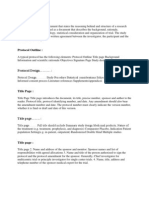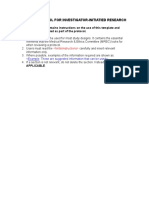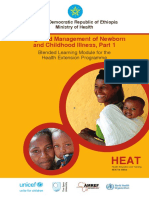0% found this document useful (0 votes)
17 views30 pagesEU - Lecture - 5 - Protocol Development - 2024
The document outlines the essential components and development of a clinical trial protocol, which includes the trial's rationale, design, methods, and statistical analysis. It emphasizes the importance of detailed planning, including inclusion/exclusion criteria, patient safety monitoring, and ethical considerations, to ensure the trial's success. Additionally, it highlights the significance of timely recruitment and resource management throughout the study process.
Uploaded by
42kwrm2jkkCopyright
© © All Rights Reserved
We take content rights seriously. If you suspect this is your content, claim it here.
Available Formats
Download as PDF, TXT or read online on Scribd
0% found this document useful (0 votes)
17 views30 pagesEU - Lecture - 5 - Protocol Development - 2024
The document outlines the essential components and development of a clinical trial protocol, which includes the trial's rationale, design, methods, and statistical analysis. It emphasizes the importance of detailed planning, including inclusion/exclusion criteria, patient safety monitoring, and ethical considerations, to ensure the trial's success. Additionally, it highlights the significance of timely recruitment and resource management throughout the study process.
Uploaded by
42kwrm2jkkCopyright
© © All Rights Reserved
We take content rights seriously. If you suspect this is your content, claim it here.
Available Formats
Download as PDF, TXT or read online on Scribd
/ 30









